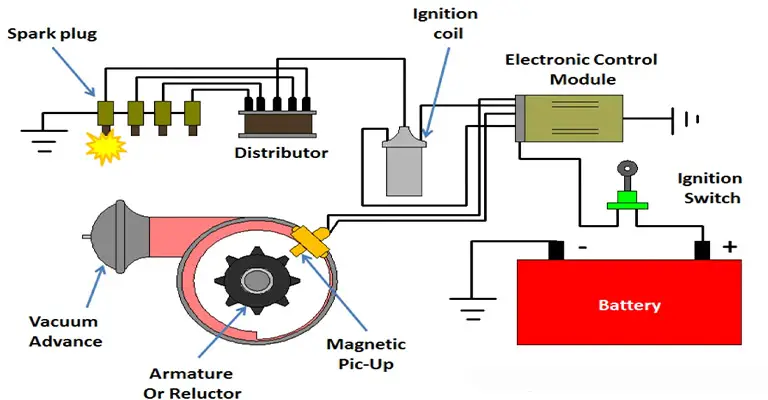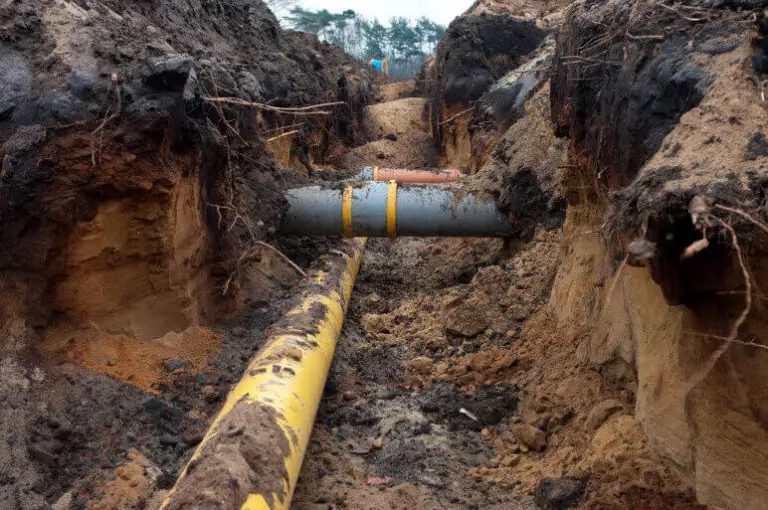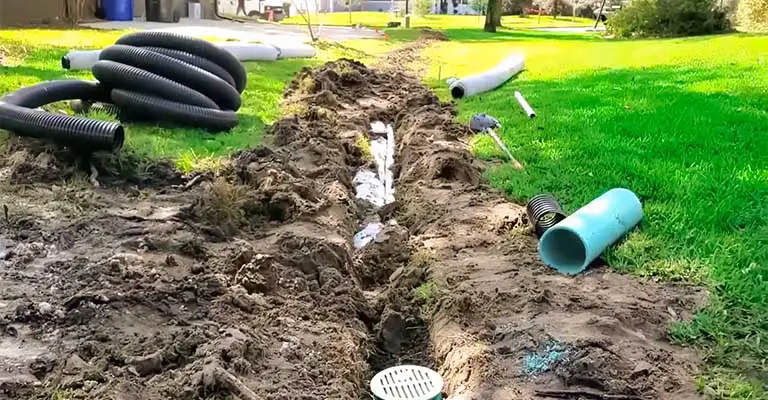What is the Advantage of Electric Spark Ignition over Pilot Light Ignition?
Pilot light ignition has been used for furnaces for decades. However, the creation of electric ignition has drastically changed the situation. Modern gas furnaces use electric spark ignition over pilot light ignition
The pilot ignition system has some major drawbacks whereas electronic ignition works to combat those drawbacks by having better efficiency at lower maintenance costs. Electric ignition systems have been proven safer and more reliable.
What is the Advantage of Electric Spark Ignition over Pilot Light Ignition?
Pilot lights were used in practically every furnace until recently to ignite the burners when a heating cycle began. A pilot light is comprised of a small burner, a thermocouple, and a gas valve. It burns within the furnace continuously, whether it is on or off.

The main gas supply to the furnace is turned on when the burners are ready to ignite, and the pilot light is used to ignite the flames in the burners. They are more recognizable to people as they can occasionally blow out and are required to be relit.
The issue with pilot lights is that they need a small but consistent amount of fuel to keep the flame glowing all the time. If the furnace is not in a heating cycle, the pilot light will still need a small amount of gas. This results in the wastage of fuel. Initially, it may not seem like an enormous natural gas expenditure, but it will cumulatively increase your utility bills and affect the furnace’s energy efficiency.
This is not the case with electric spark ignition. The ignition system lights up and uses energy only when the burner, the water heater needs input. Newer furnaces use this ignition system as they require less power to work. And the furnaces using electric spark ignition are seen to have higher energy efficiency ratings than the furnaces using pilot light.
Different Types of Electric Ignition System
Hot Surface Ignition: Its function is similar to an incandescent light bulb. Electrical current passes through the filaments, causing them to heat up due to electrical resistance heating. This heat is sufficient to ignite the burners. The ignition system will only have voltage running for the time it takes to start the burners.

Intermittent Pilot Light: It uses a pilot light. But the pilot light is ignited by an electric spark, and it only stays lit long enough to turn on the burners before turning off. The use of natural gas is infrequent.
Now let’s look into the factors why you would choose electric spark ignition over pilot light ignition.
Efficiency
Pilot lights may have been used for years but they are not as efficient as the modern electric ignition furnaces. A pilot light needs a small, yet the consistent amount of gas to keep it lit, whether it is used or not. For instance, a pilot light uses a minimum of 600-800 BTU/hr. of fuel a day. The price will certainly add up and increase your gas bill.
On the contrary, the hot surface ignition system uses electricity to heat and ignite the burner. As a result, energy is consumed only when the HVAC system requires heating. The burner is lit by a gas-powered flame in the intermittent pilot. However, rather than working continuously, this ignition system works to start the heating cycle.
Reliability
Although pilot ignition systems are prone to problems, they are reliable for many years. Especially if maintained properly. The downside to the pilot ignition system, is they require gas all the time. Another disadvantage is it generates heat even in the summer.
The electric spark ignitions don’t have the same issues as the pilot. When using a hot surface ignition, there is no gas line or flame at work, so blocked lines or inconsistent pilot lights aren’t an issue. And the system has been proven reliable and safe for igniting the main burners.
However, electric ignitions can have issues in case of a power outage. The system won’t light up without power unless it is equipped with a backup battery or generator.
Are you looking for home improvement and need HVAC?
Maintenance
Most often, when there is a problem with the pilot ignition, it is with the thermopile or thermocouple. When that happens, these flameproofing ingredients need replacement. Also, the pilot gas line may get blocked or jammed with debris or trash in some cases. The blockage will prevent the gas from reaching the pilot tip.
In this case, thorough cleaning of the pilot assembly is required. There are also times when the gas valve malfunctions and needs replacing. This can happen when the gas valve is immersed underwater or located in damp areas. Gas valves are durable, but they will corrode if submerged underwater or exposed to extreme moisture.
The electric spark ignition system doesn’t have a thermopile or thermocouple to ignite the flame. It uses a flame sensor to ignite the flame. When the flame sensor gets fouled, it doesn’t let the electronic control read the mocroamps. In such a case, you need to clean the flame sensor.
Electronic ignition requires less maintenance than a pilot as the parts of pilot ignition are more prone to get a replacement.
FAQ
Is electric spark ignition more cost-efficient than pilot light ignition?
Electric ignition systems are relatively more expensive than pilot ignition systems. But when you consider which one will help you save utility bills, electric ignition is definitely more cost-efficient. A pilot ignition needs fuel all the time, so there is noticeable wastage of gas. But for electric ignition, waste of gas is negligible.
What is the difference between a standing pilot and an intermittent pilot?
The intermittent pilot light, an electric system was designed to combat some of the standing pilot’s major shortcomings. Rather than burning a flame constantly, the intermittent pilot turns on only when it’s needed. The system responds to the heat command by igniting the flame with an electric spark.
Conclusion
In the end, the choice of ignition system comes down to efficiency, reliability, and even access. If efficiency is your main considering factor, an electric ignition system is far better than a pilot ignition. And it is just as reliable as the pilot ignition. So why use pilot ignition in your furnace, boiler, or water heater when you can get a safer and more reliable option?






